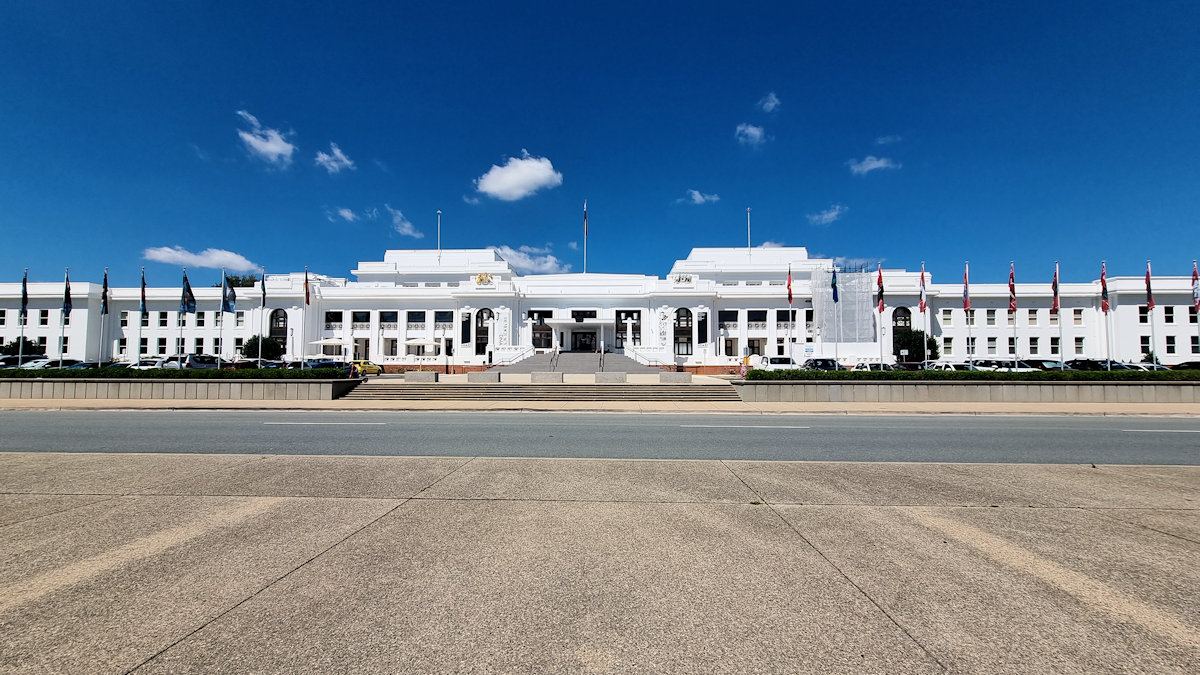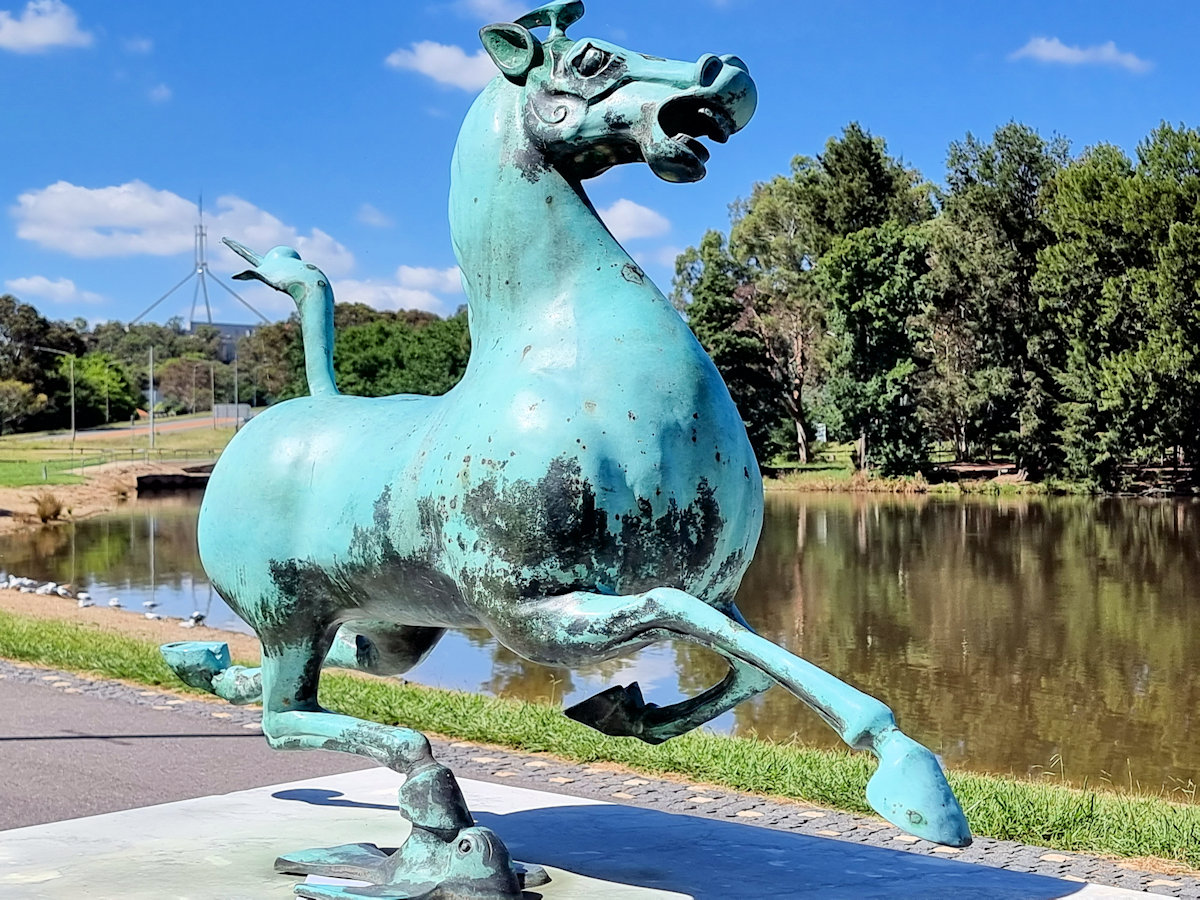Tag: Sculpture
-
Old Parliament House Canberra

Old Parliament House Canberra Only intended as a temporary home for the Australian Parliament, Old Parliament House in Canberra actually operated as the seat of government from 1928 until 1988. At this time the government move to the new Parliament House on Capital Hill. It now houses the Museum of Australian Democracy as well as… Read more
-
Lennox Gardens Canberra

Lennox Gardens Canberra Located on the shore of Lake Burley Griffin, Lennox Gardens in the Australian capital Canberra has several distinct areas gifted to Australia by foreign governments. Additionally it contains several memorials while being a beautiful place to relax. Nara Peace Park Gifted to the people of Canberra by the Japanese city of Nara,… Read more
-
Animal March Sculptures Maitland
Animal March Sculptures at Greenhills Maitland If you get tired of shopping, want a break or are waiting for someone, while at the Greenhills Shopping Centre in Maitland NSW Australia, the area outside the food hall is a great option. Not only are there places for the kids to play, and tables and chairs to… Read more